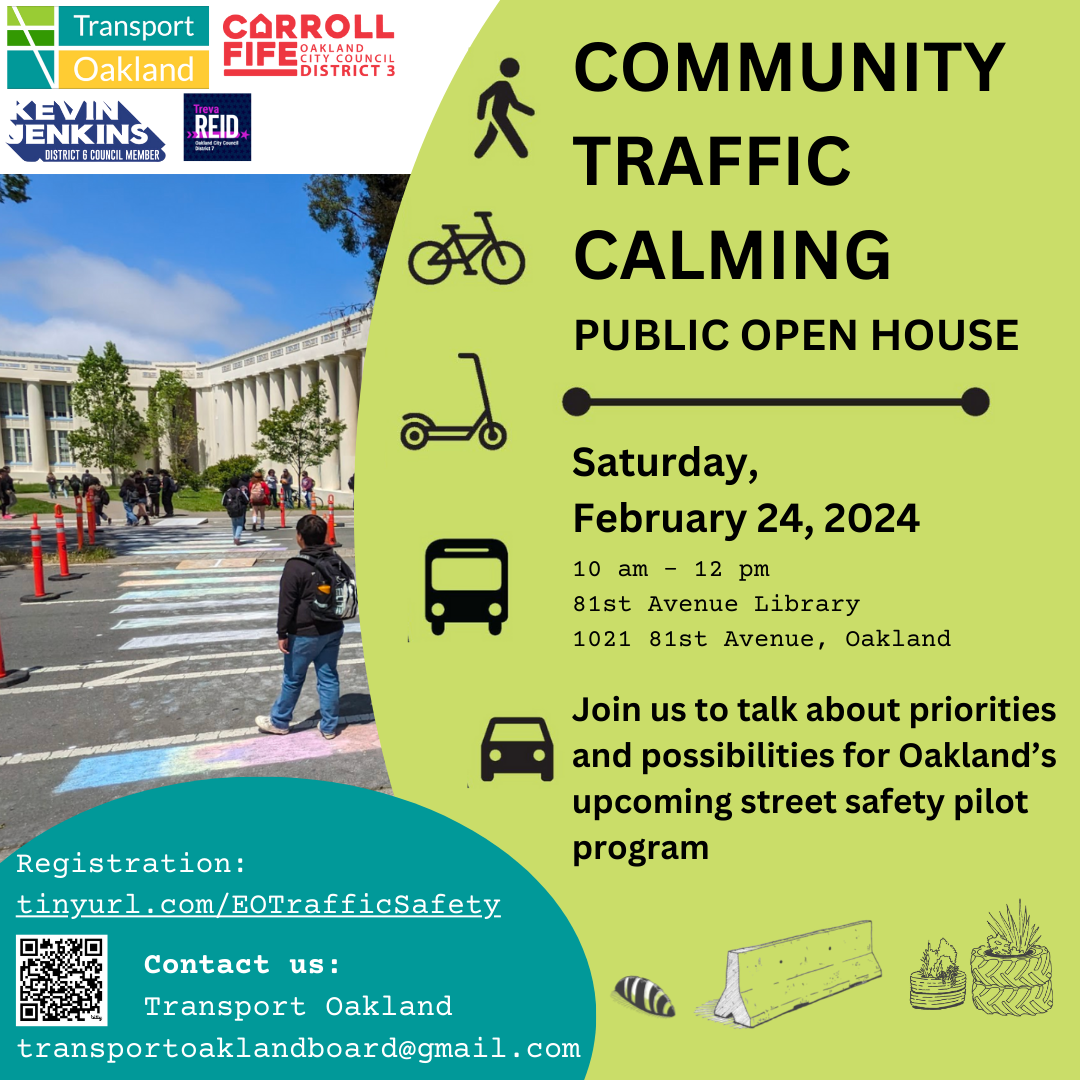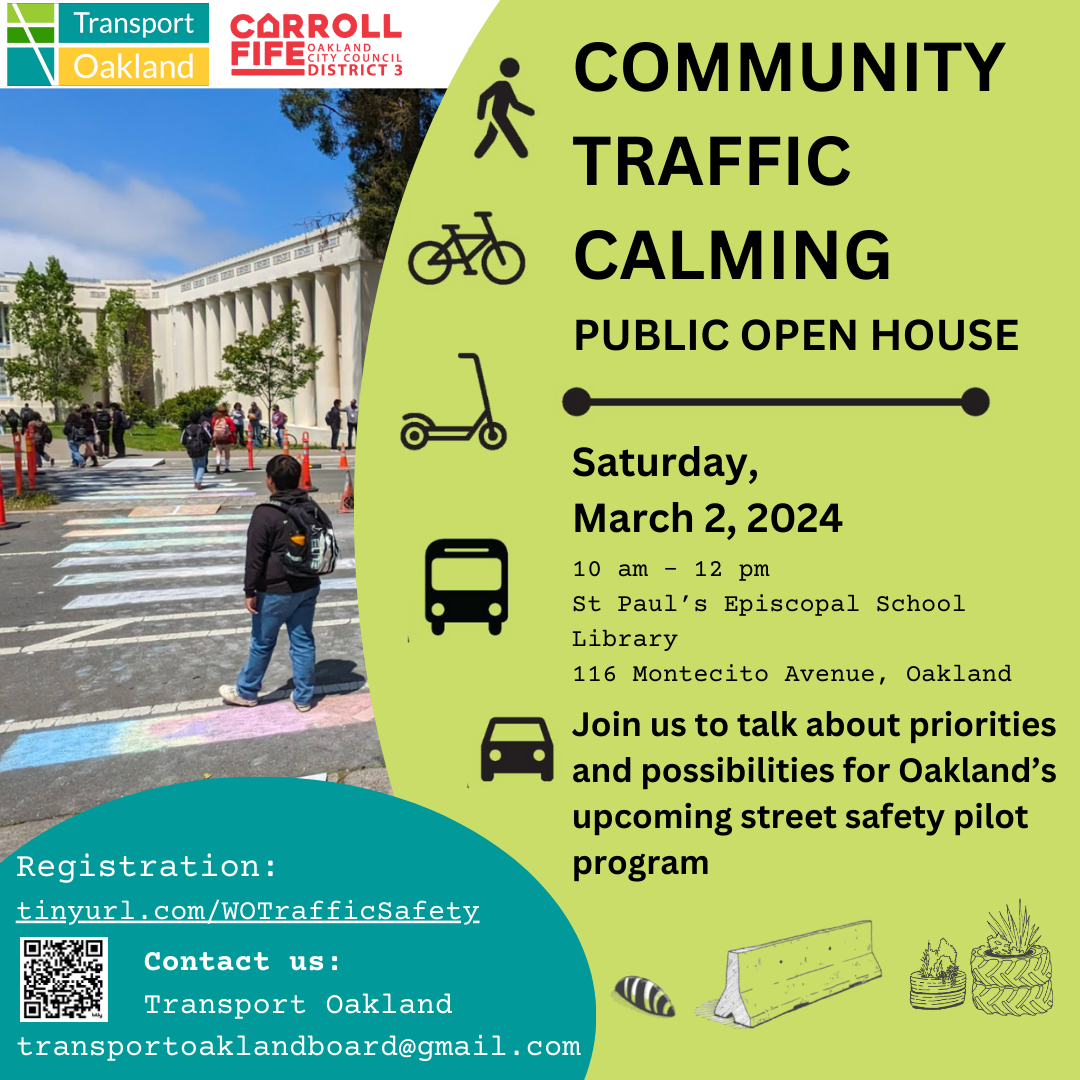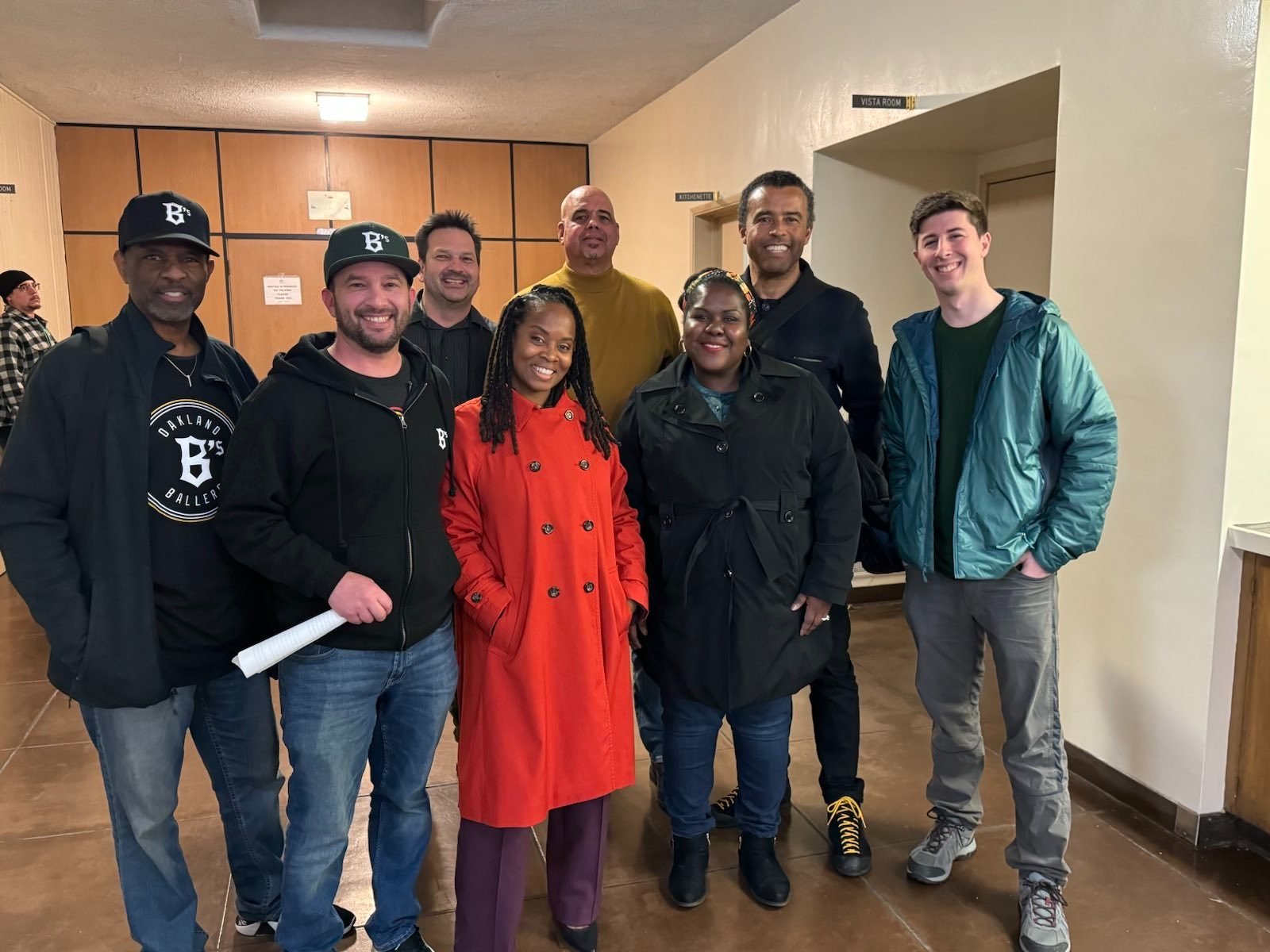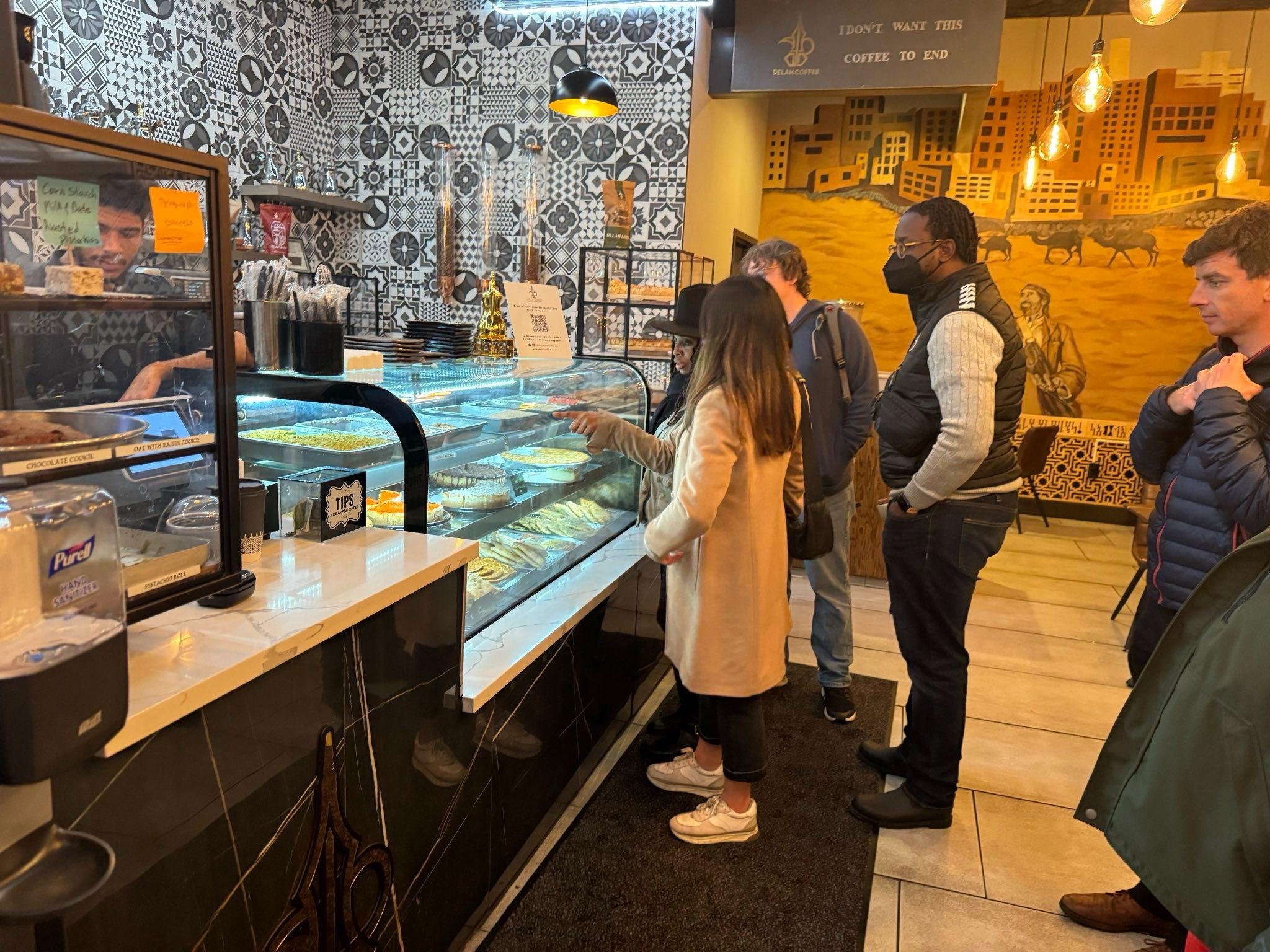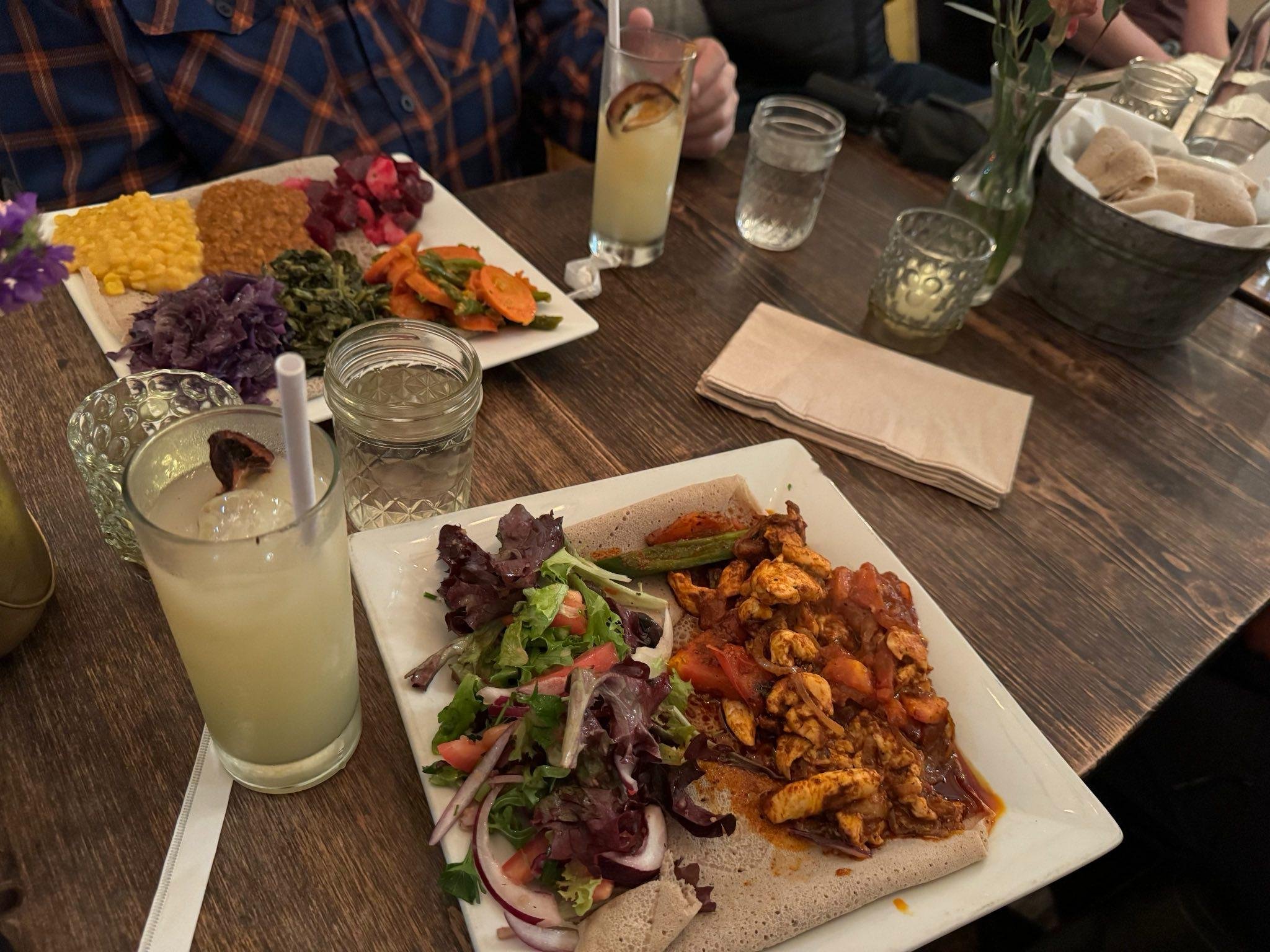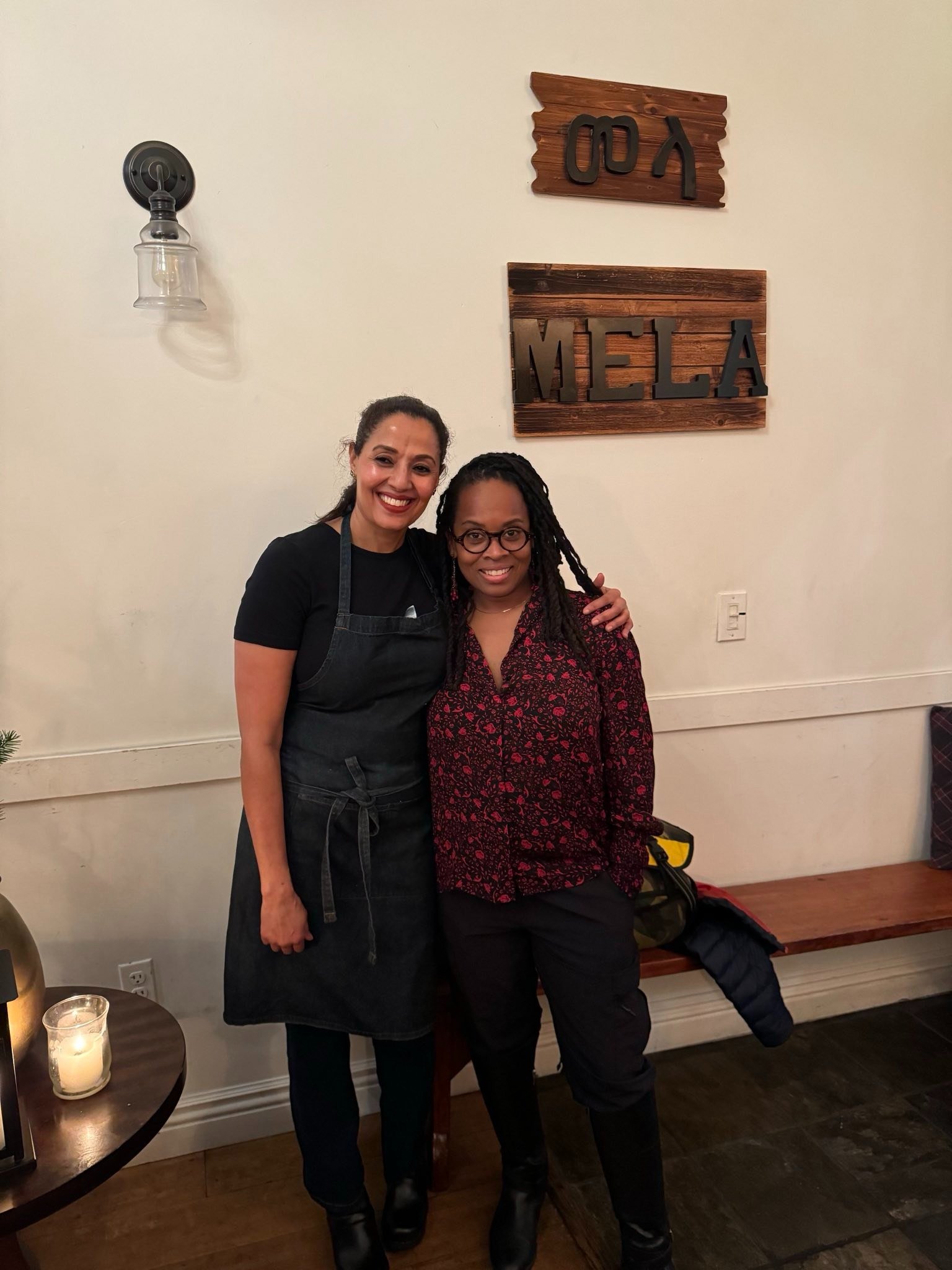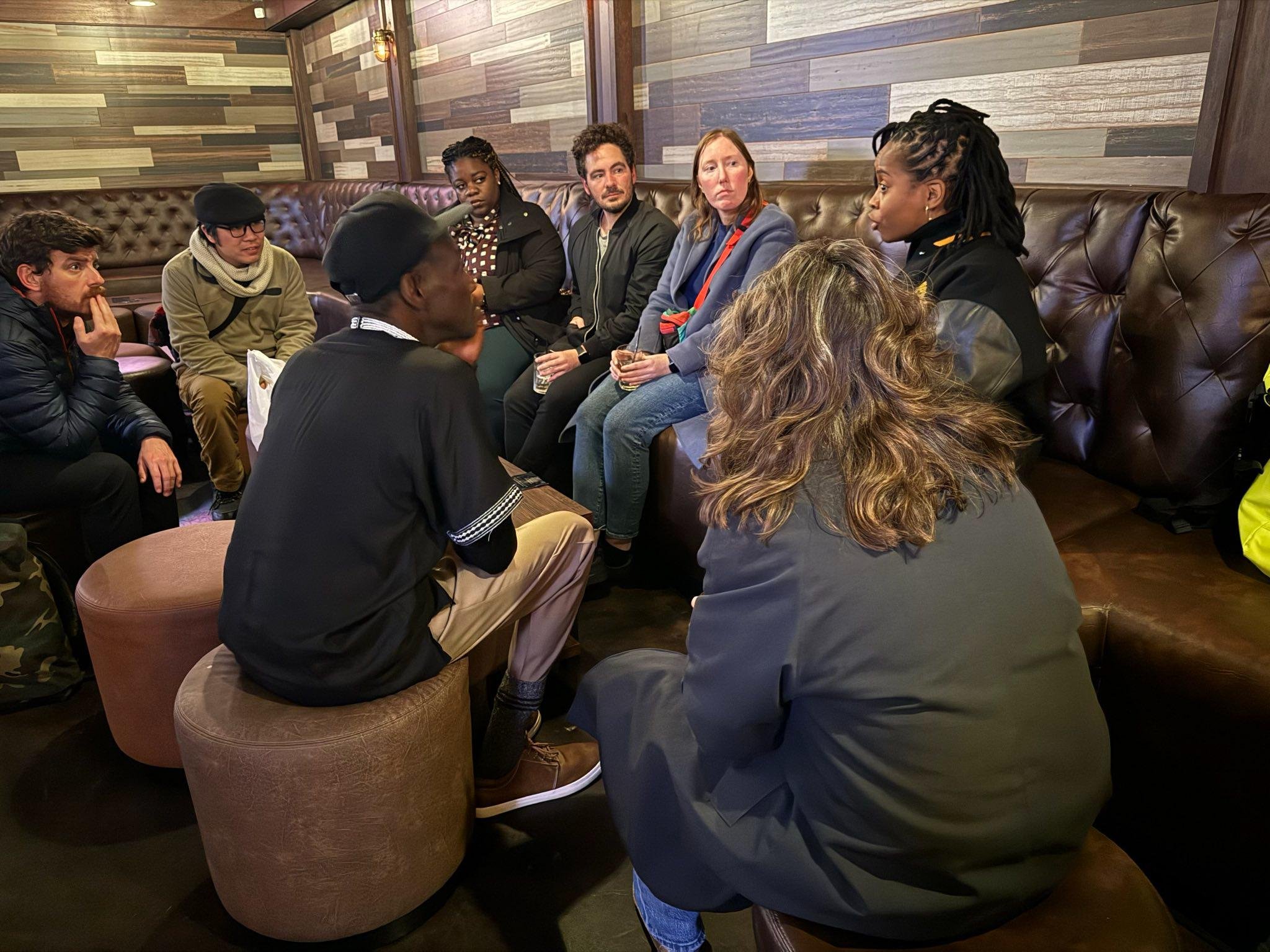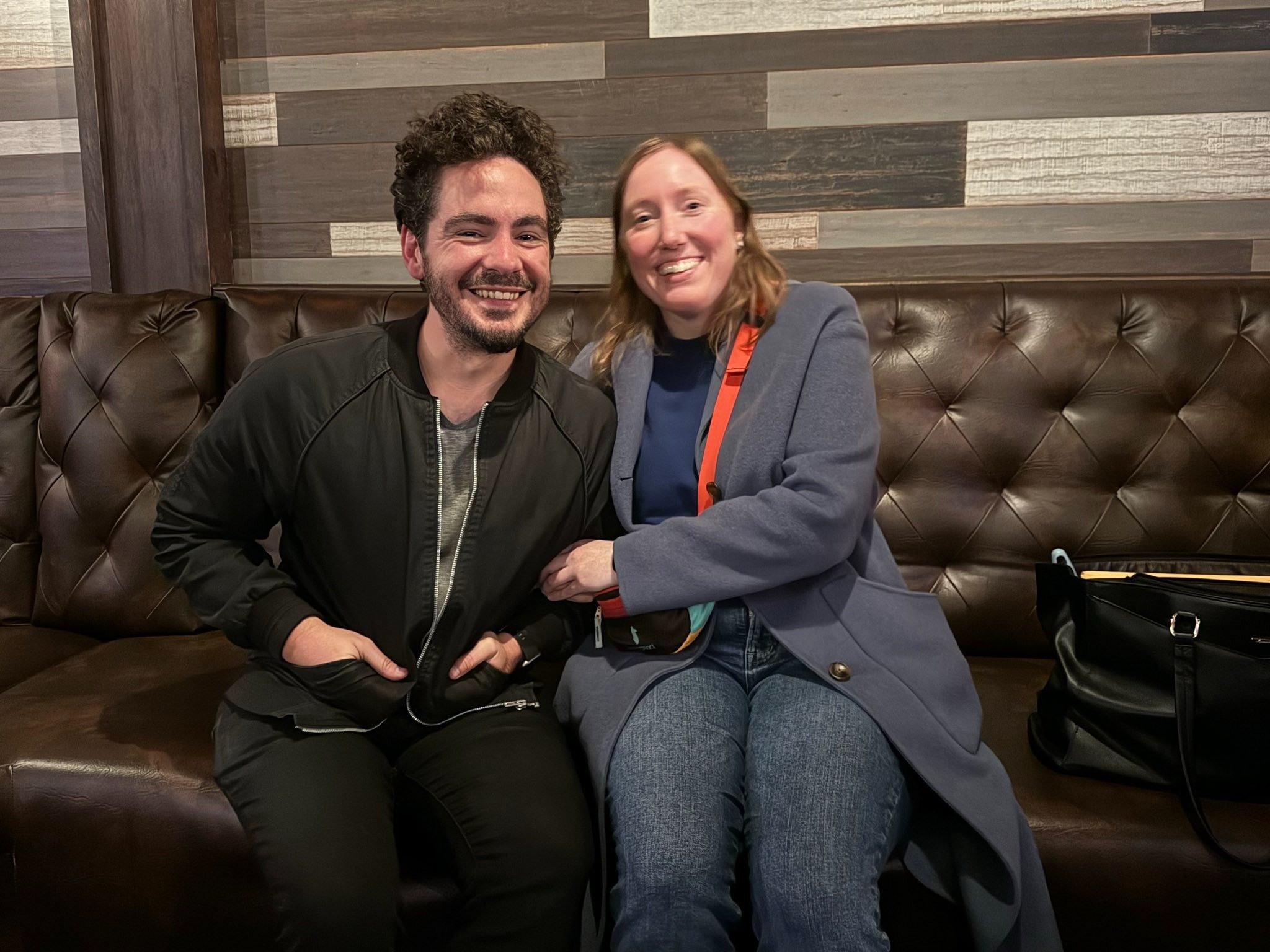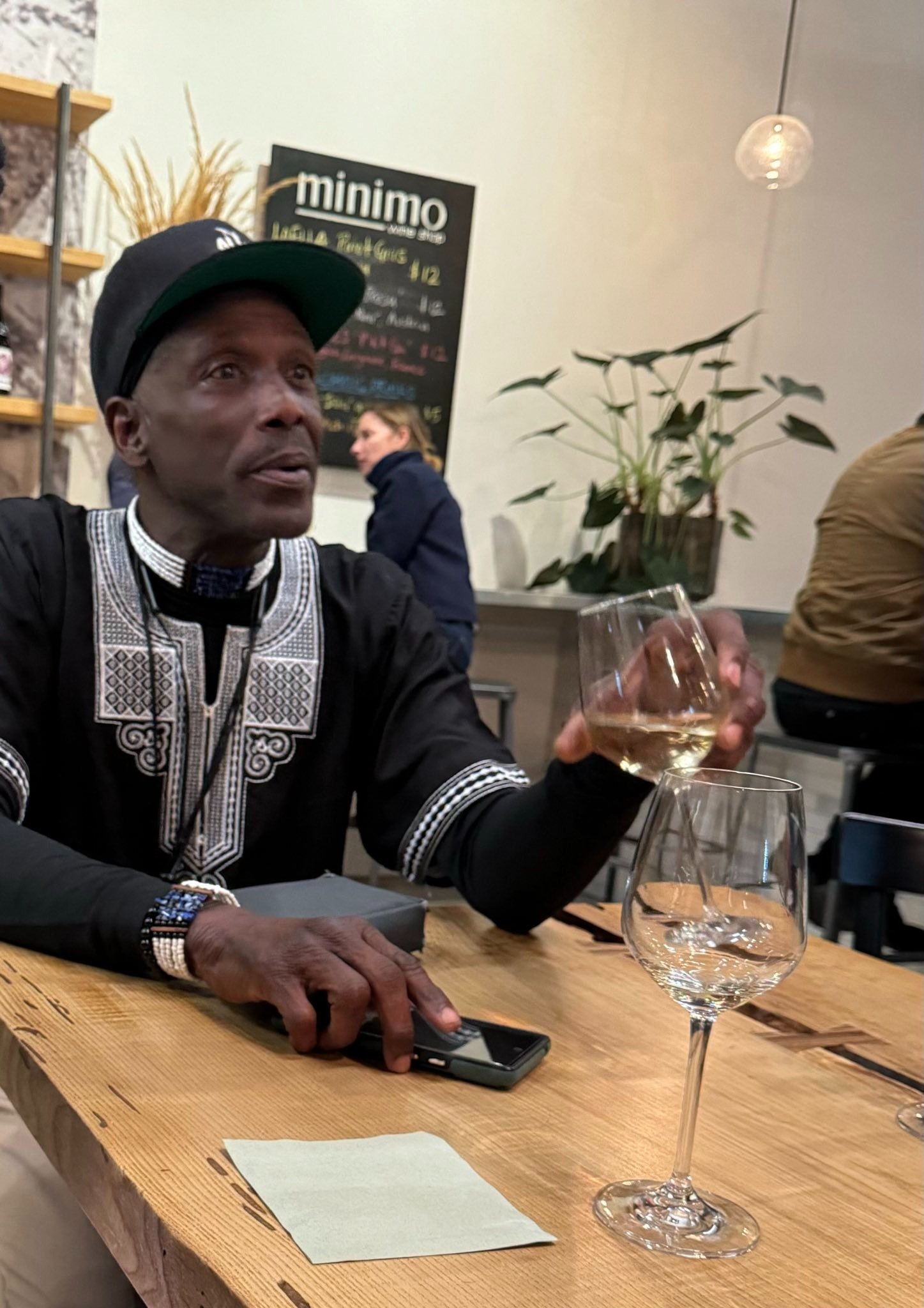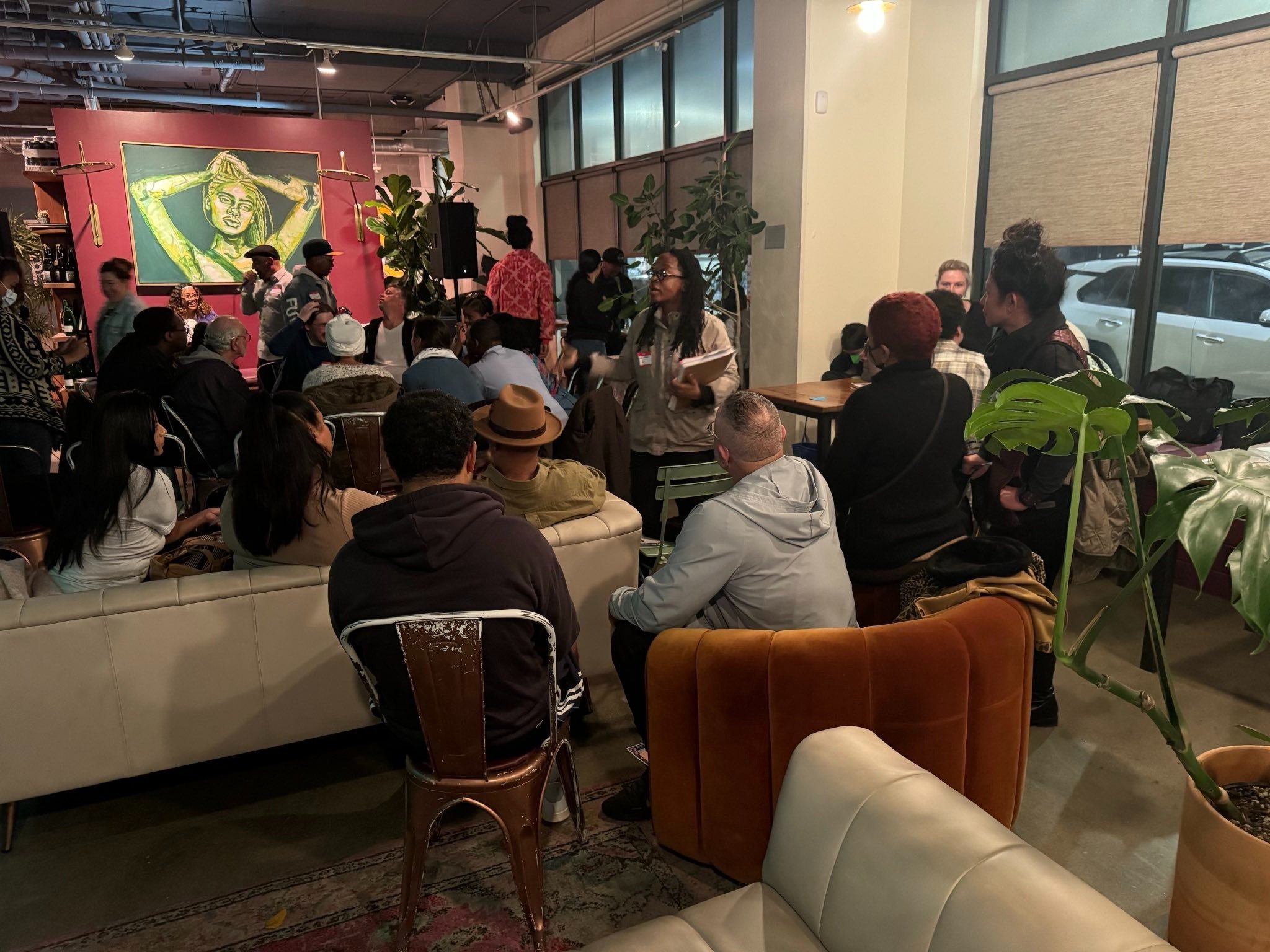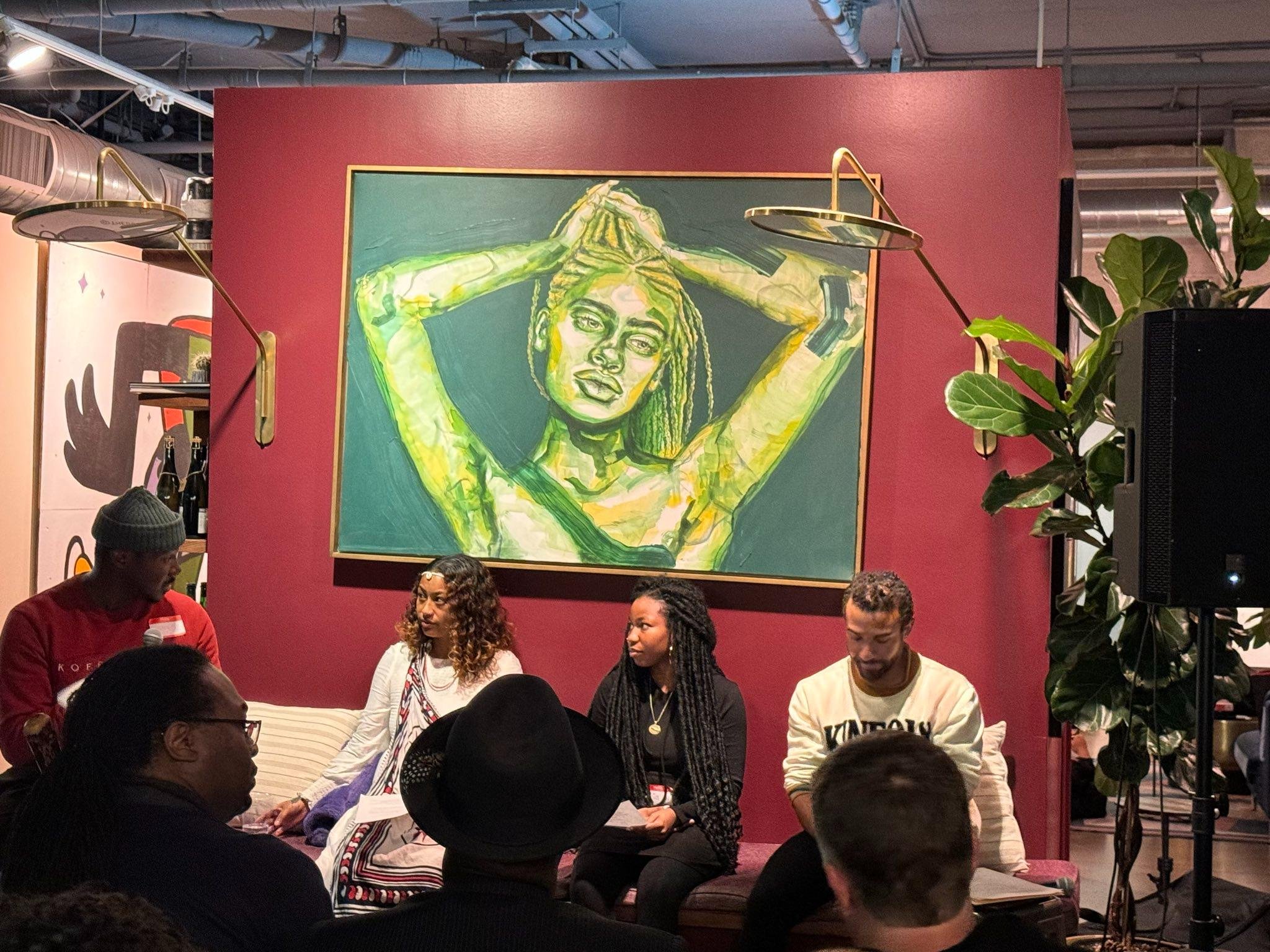February 2024
Dear friends, family and constituents,
At the core of my vision for addressing Oakland’s housing crisis has always been a shift from a financialized housing system to housing as a human right. In a series of three newsletters I want to explain what this means.
In this newsletter, I’ll share how a particular theory of economic growth led to the myth of homeownership in America. It will be followed with a newsletter about how housing then became a financial product and how this process is the major driver of the global housing crisis we are experiencing today.
And most importantly, in the final newsletter of this series I will share what it means for public lands to serve the public good, and how we can organize locally towards systems that result in more accessible and beautiful homes. Within this framework, I will be launching my 5K plan for deploying 5000 housing units for the populations who need them most, creating systems for community land trusts (CLTs) and nonprofits to more easily access vacant publicly-held properties, and making moves towards social housing here in Oakland, all of which I will share more about in the final newsletter of this series.
The Myth Of Homeownership
Homeownership is often thought of as a rite-of-passage, a part of the ‘“American Dream,” whether or not one thinks this “dream” could be a reality for them. To many it reflects financial security, “adulting”, a way of moving up in the world, all while showing that one has “made it.” However, this hasn’t always been the case. For much of the early 19th century, homeownership rates were low and it wasn’t seen as a rite of passage.
The mythology of homeownership can be traced back to WW1, when the National Association of Real Estate Boards ran a joint marketing campaign called “Own-Your-Own-Home" (Perlstein). The federal government supported the effort by pushing banks to offer favorable terms, but the Great Depression revealed that the mortgages, much like the 2008 financial crisis, were creating investment opportunities from predatory lending practices that easily snowballed into defaults.
Federal Action Had A Huge Impact
Franklin Delano Roosevelt responded by regulating the banks and investing in both the private and public housing markets. The federal government created the Home Owners’ Loan Corporation (HOLC) to directly finance mortgages at historically low rates and long repayment schedules, for purchasing homes in the private market. He created the Federal Housing Authority (FHA) to provide government-backed insurance to these mortgages, meaning the government took over the bill if a homeowner could no longer make payments. The FHA also took on directly constructing housing.
While the publicly-constructed housing stayed mostly in public hands, the intention of the other interventions was to transition the small, localized housing market into a much larger market of commodities that Americans could produce and purchase, thus stimulating the economy. In 1961, the US Civil Rights Commission wrote “it has been said of housing there is no nondefense segment [non-military sector] of American economic life so dependent on the federal government” (Self, pg 99).
A Two-Tiered System Resembling Apartheid
As the federal government gave massive subsidies to white Americans to participate in this new market, Black Americans were explicitly excluded even though they were the most impacted by the economic hardships of the time. President Roosevelt's administration explicitly codified racism into the FHA underwriting manual, which in 1938 said "it is necessary that properties shall continue to be occupied by the same social and racial groups" (Summers). Mortgages were only guaranteed in suburbs that prohibited Black and mixed-race people from buying houses, while withholding these generous social programs from Black and mixed-race neighborhoods (Self, pg 97). As a result, less than 1% of new housing that was built in the US between 1935-1952 went to Black Americans and other people of color (Summers).
The overall result of New Deal housing policies was a two-tiered system resembling apartheid that created wealth for some and impoverished others, dramatically deepening the divide created by enslavement and segregation. The Black Panther Party evoked a poignant comparison when they referred to the unequal growth of the East Bay suburbs in comparison to Oakland as an imperial state exploiting a colony. Far from a story of fierce independence fulfilling the American Dream, homeownership among white families was one of the most state-subsidized features of the postwar national economy (Self, pg 99).
Higher Rents And Less Social Security
By 1965, 65% of Americans owned their own homes, compared to 40% before the war; encouraging homeownership became an important feature of the American version of Keynesianism economic theory (Perlstein). Another direction for stimulating the economy can be providing good public jobs to build publicly owned homes, and then continuing to create jobs through high-quality maintenance.
Cities that went down this latter alternate path, such as Vienna, now have very low homeownership rates. In Vienna, 80% of residents are renters who have highly affordable rents (less than 600 Euros/month) and most of these renters have no intention of ever purchasing a home (Guardian) Imagine your rent being $645 in Oakland! It would be a gamechanger for countless residents living paycheck to paycheck and struggling to live in the city.
In America, what also came along with this economic policy was that homeownership became the method through which individuals accessed a social security net. A home is said to allow for retirement to be easier. Parents can borrow against their house for increasingly high tuition rates for their college-going children, thereby strengthening generations. This comes in lieu of the strong public pensions and education we see in other, sometimes much less wealthy, countries. The home not only fulfills the function of shelter, it has also become the primary way the average American can build wealth.
This is by design. By focussing on promoting homeownership, our federal government offloaded its responsibility of social services. It is particularly nefarious when we look at who was excluded from all the homeownership social programs: Black and other Americans of color. These individuals and their descendants were and still are excluded from the social security nets we all need in order to thrive.
Next Time: How Is Our Housing Crisis Is Manufactured And Public Lands for Public Good: My 5K Plan
“Housing has lost its social function and is seen instead as a vehicle for wealth and asset growth. It has become a financial commodity, robbed of its connection to community, dignity and the idea of home”
- Leilani Farha, UN Special Rapporteur on the Right to Housing, 2017
In the following newsletters, I will share how our housing crisis is manufactured through a process called financialization, and how “public lands for public good” has become a rallying cry across the country from Seattle to New York. I will share the role that public bodies can play in meeting our housing needs, and how this can actually result in more accessible and beautiful homes.
From Seattle’s Measure 135 that created a Social Housing Department, to Vienna’s work in creating a whole housing sector that serves the public good, all of the solutions I will share are possible here in Oakland. For the past few years, I have been working to get the pieces in place so we can start to see solutions form. I plan for 2024 to be the year that these seeds start to break through the soil and see the light.
In service and solidarity,
Councilmember Carroll Fife
Items In This Newsletter
Policy & Updates
1. Community-Driven Traffic Safety Solutions
2. Audit Finds Disbanding Of The Violence Prevention Program Ceasefire The Reason For Recent Spike In Shootings
3. Open Seats On The Mayor’s Commission On Persons with Disabilities (MCPD) and the Affordable Housing & Infrastructure (I-Bond) Public Oversight Committee
4. Oakland Ballers Soon At Raimondi Park
Events & Community
5. Black History / Black Futures Month - Film Screenings Every Friday
6. Black Panther Party National Park Community Gathering - February 27th
7. In Community - Careovans and more
POLICY & UPDATES
1. Community-Driven Traffic Safety Solutions
In December, I introduced legislation to establish a 3-year pilot program that allows schools, businesses, and community centers that serve vulnerable populations to apply for temporary encroachment permits to install removable traffic safety treatments and create traffic calming zones in the city’s streets.
Between 2012-2016, there was a 76% increase in severe or fatal injuries from car accidents, causing devastation to those affected as well as economic ramifications for the City of Oakland to the tune of $900 million due to various associated costs. Observing these issues, the City’s Department of Transportation (OakDOT) was created in 2016, and in 2021, OakDOT developed a Safe Oakland Streets (SOS) program in order to prevent traffic incidents and to implement traffic safety programs.
As part of SOS, OakDOT emphasized the importance of allocating resources to uplift communities residing in higher priority equity neighborhoods, and that street design plays a critical role in encouraging safe traffic behaviors and preventing severe and fatal crashes. The legislation I’ve introduced seeks to address these findings, by removing barriers and supporting community members to address the needs they are identifying.
Next steps:
The City Administrator will present a report and recommendations at the Public Safety Committee meeting scheduled on April 23rd, 2024 that includes information on cities in California or the United States that have successfully implemented similar programs, as well as recommendations to Council about legislative or administrative changes needed in order to implement a similar program in Oakland.
There will be two public community meetings to gather information from residents and community based organizations to assess their interest and ability to participate in the pilot program. The community meetings are currently scheduled for Saturday February 24th in East Oakland and Saturday March 2nd in West Oakland. More information soon, RSVP for East Oakland here and West Oakland here.
2. Audit Finds Disbanding Of The Violence Prevention Program Ceasefire The Reason For Recent Spike In Shootings
Some of you may have heard of a recent audit that has found Ceasefire, a popular violence prevention program, was arbitrarily disbanded in 2016 and 2017 by former leaders in the city and OPD, attributing a spike in shootings over the past four years to those decisions.
My council colleagues and I are currently reviewing this audit and I will be sharing perspectives and analysis with you soon. For now, I want to share this recent Oaklandside article with you as it covers a bit of the history and impact of the Ceasefire program, and what this audit is suggesting regarding effective solutions for community safety.
3. Open Seats On The Mayor’s Commission On Persons with Disabilities (MCPD) and the Affordable Housing & Infrastructure (I-Bond) Public Oversight Committee
Several citizen committees and commissions are looking for new members. This includes the Mayor’s Commission on Persons with Disabilities (MCPD) who are looking for four new commissioners, with a few more seats opening up in the next year, and the Affordable Housing & Infrastructure (I-Bond) Public Oversight Committee (I-Bond).
Citizen boards and commissions play a vital role in promoting efficient, effective, and honest government. These groups oversee and advise elected officials on a wide range of issues that affect the public, and are some of the best ways to participate in our democracy. Most require attending regular meetings and serving a term that can be one or more years depending on the board or commission.
I-Bond Committee
The I-Bond Committee is a Citizen’s Oversight committee that meets quarterly to review and evaluate the impacts and outcomes of Measure KK and Measure U Bond expenditures in Oakland. Committee Members will hear program and project updates from the Departments of Housing and Community Development, Transportation and Public Works on how they have used funds to improve our Streets and Roads, City Facilities, and Affordable Housing Projects. Members must be residents and/or work in the City of Oakland and must serve a full three year term.
More info:
https://www.oaklandca.gov/topics/measure-kk-at-work
MCPD
For this commission specifically, applicants should live or work within the City of Oakland and demonstrate relevant professional and/or personal expertise to advise the Mayor and the City Council on matters affecting the rights of people with disabilities in Oakland.
https://www.oaklandca.gov/services/apply-to-mayors-commission-on-persons-with-disabilities
4. Oakland Ballers Soon At Raimondi Park
Excited to share that soon you will be able to watch the Oakland Ballers play their games at Raimondi Park! Raimondi Park holds a special place in history, and in the hearts of West Oakland residents, and the Ballers presence in Raimondi Park is intended to further instill the park as a central hub for community gatherings, outdoor activities, and family-friendly events. We hope these games will bring together diverse community members, create a shared space where residents can gather and enjoy the positive energy that comes with cheering a local team truly rooted and committed to Oakland.
As part of playing their games at the park, the Ballers will also be stewarding the park through investing in new enhancements. I expect the Oakland Ballers stewardship of this space will not only contribute to the park's usefulness and dynamic atmosphere, but also deepen our sense of community pride and unity.
Here I am with the Oakland Ballers last night at the Oakland Parks and Recreation Advisory Commission where the Ballers were granted stewardship and I testified in strong support. See you soon at a game!
EVENTS & COMMUNITY
5. Black History / Black Futures Month - Film Screenings Every Friday
Over Black History / Black Futures Month, I am hosting a weekly film screening every Friday at City Hall. Each evening will speak to a particular theme and will be followed by a discussion with Black community members working in those spaces. We will also be lifting up local Black Chef-Owners who will cater each event!
At the last film screening on February 23rd, the City of Oakland will honor Black community members doing important work that is uplifting us all.
Upcoming film screening dates & tiles:
February 16th: Something The Lord Has Made 1hr 50 minutes // Chef-Owner Chef Empress Xia Nei from Third Eye Soul Kitchen
February 23rd: Biking While Black 10 minutes// Chef-Owner "Mimi" Robinson-Brisco from Black Food and Wine Experience. An honoring ceremony of local Black community members will happen before the film screening.
Time: Doors open at 6pm, films start at 6:30pm
Location: 1st Floor Council Chambers, City Hall. 1 Frank H. Ogawa Plaza, 94612
Masking is encouraged and masks will be available. While we will approximate food according to RSVPs, it will be available first-come, first-serve.
RSVP HERE tinyurl.com/BHMFilms
6. Black Panther Party National Park Community Gathering - February 27th
7. In Community - Careovans and more
Big shoutout to all the small businesses we’ve been visiting during my office’s monthly careovans! In December in Jack London, we visited Minimo, Everett and Jones, and the Elbo Room, and in January in Uptown, we visited Delah Coffee, Mela Bistro and Two Pitchers.
Some images below, check out all these wonderful businesses next time you’re out and about in District 3! We won’t be doing a careovan this month since we are inviting local Chef-Owners to City Hall every Friday during my office’s weekly film screening, but we will be back in March.
Thank you Urban Peace Movement and Kinfolx Cafe for organizing a conversation on holistic community safety "It Takes A Village". So many thoughts and ideas were shared, I spoke about how we need to organize together because it will take all of us acting collectively to achieve our shared goals.

